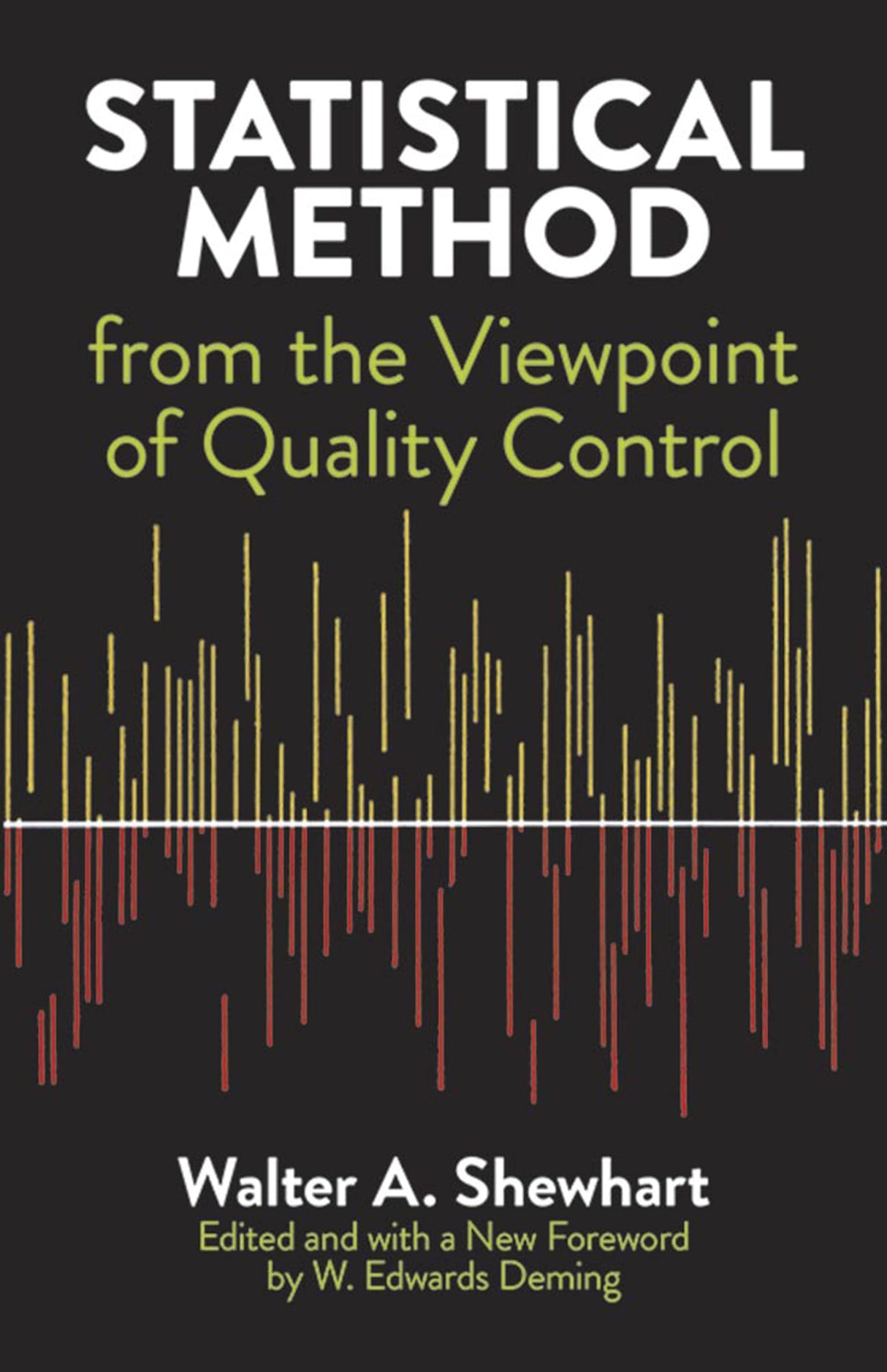Statistical Method from the Viewpoint of Quality Control (Dover Books on Mathematics)
Statistical Method from the Viewpoint of Quality Control (Dover Books on Mathematics) is backordered and will ship as soon as it is back in stock.
Couldn't load pickup availability
Genuine Products Guarantee
Genuine Products Guarantee
We guarantee 100% genuine products, and if proven otherwise, we will compensate you with 10 times the product's cost.
Delivery and Shipping
Delivery and Shipping
Products are generally ready for dispatch within 1 day and typically reach you in 3 to 5 days.
Book Details
-
Author: Walter A. Shewhart
-
Publisher: Dover
-
Binding: Paperback
-
Number of Pages: 176
-
ISBN: 9780486652320
-
Languages: English
-
Dimensions: 8.4 x 5.5 x 0.5 inches
About The Book
In this classic work, Walter A. Shewhart provides an insightful and groundbreaking exploration into the application of statistical methods in mass production. The book is based on a series of lectures delivered in 1938 at the Graduate School of the Department of Agriculture, where Shewhart introduced the fundamental principles and techniques necessary for applying statistical methods to achieve statistical control, establish tolerance limits, present data, and ensure accuracy and precision in mass production processes.
The first chapter, devoted to statistical control, outlines the three crucial steps of quality control: specification, production, and inspection. It also provides a historical overview of quality control and the physical and mathematical states necessary to achieve control over statistical processes. The significance of statistical control is thoroughly examined, along with the future of statistics in mass production.
The second chapter addresses the problem of establishing limits of variability. It covers topics such as defining tolerance limits, both in simple and practical cases, and introduces standard methods for measuring variability. The third chapter goes into the presentation of measurements, examining how measurements of physical properties and constants are represented and summarized using various statistical methods, including Tchebycheff's theorem.
In the final chapter, Shewhart tackles the problem of specifying accuracy and precision, discussing their meaning, operational methods, verifiable procedures, and the amount of evidence required to form reliable judgments.
Now available in a paperbound format, this book is an essential read for mathematics students, engineers, and researchers in industry and agriculture. It offers a clear and well-written explanation of how to regulate variability and maintain quality control in manufactured goods, agricultural products, and data, making it a valuable resource for anyone interested in improving quality control systems.





